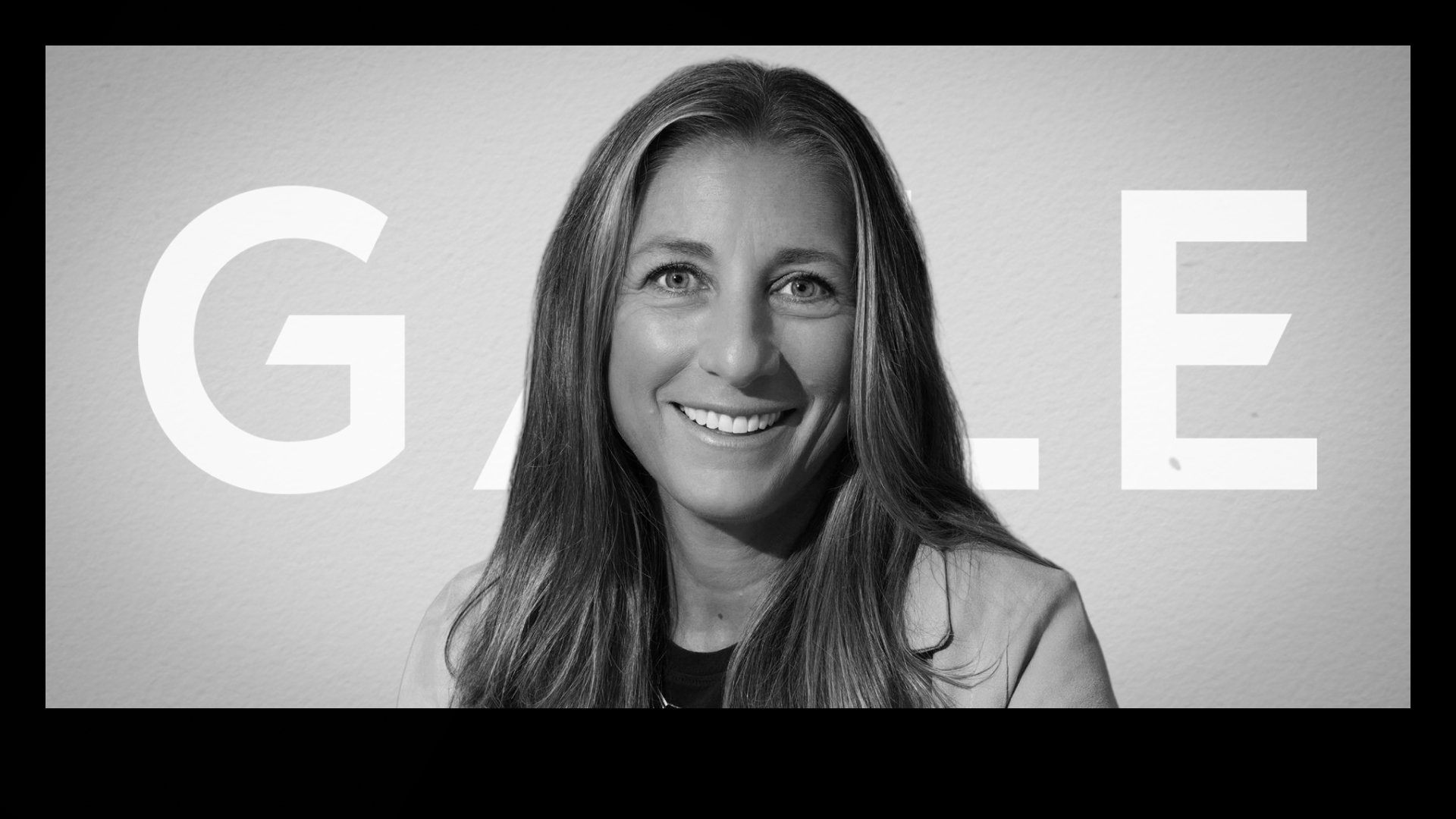This piece was originally published in Forbes.
A strategic, long-term plan is imperative for marketing success, but when it comes to media buying, committing too far in advance can backfire.
Leading media networks and platforms recently gathered top advertisers for their annual upfronts and newfronts. The flashy, celebrity-filled events aim to close ad deals–generally valued at millions of dollars–for the programming year ahead, in exchange for a discount for brands that make an immediate commitment.
In theory, these upfront deals benefit all involved. For networks, who eMarketer estimates will secure over $18 billion during this period for the 2024-2025 season, the win is clear. For brands, the discounted buys and opportunity to nurture custom partnerships in the process have their merits. But as time rolls on, buying media several business quarters in advance can cause an issue: it allows media to drive the brand’s creative process.
The power of good creative is having a resurgence. 80% of marketers believe that quality creative is one of the most influential factors in overall marketing effectiveness, according to a survey by Marketing Week. This belief is backed by research from Peter Field, who calculated that a dull campaign costs brands tens of millions more per year to match the performance of an exciting, well-thought-out one.
This recognition comes as an increasing number of organizations are moving away from performance marketing to reprioritize brand marketing. WARC found a 13 percentage point increase in marketers who say they’re increasing investment in brand marketing compared to two years ago. Speaking with Digiday in January, a search consultant noted he’s seen this come to fruition in RFPs, suggesting there’s been more of a focus on brand efforts in the last 18 months than in the last 18 years.
As organizations put brand marketing first, they need to adopt a more flexible approach to media planning, putting creativity in the driver’s seat.
Performance marketing is more predictable with set levers that are structured to achieve set results. Modern brand marketing requires more art with the science, with an objective of elevating brands at a cultural level while driving toward overall business growth. Regularly checking in with target audiences, taking note of evolving trends and behavior, and developing creative that engages on a deeper level is all part of the equation. To be effective, a creative concept must be developed first and then syndicated for the appropriate platforms–not the other way around.
Companies that are locked into a multi-million-dollar buy a year in advance are not able to be as nimble. While upfront purchases often come with some level of flexibility, it’s not as flexible as buyers want or need. In this case, brands are more likely to create something that’s forced to fit the medium, ultimately ending up with a lackluster campaign. While these ads might still drive success at some level, they won’t be the best use of a brand’s money.
As Field shared while speaking on his research, “We’re not saying dull campaigns are ineffective. It’s just they do not work very hard. And you get a much, much bigger performance out of these more exciting campaigns–it can be six or seven times greater for every euro, dollar, or pound you put behind them.”
If that’s the case, does an upfront purchase that limits flexibility really net out to a discount?
Ideally, marketers can take an integrated approach, having media buyers as partners during the creative process to provide insight on inventory and emerging opportunities, but not let media be the starting point. Modern marketers need to prioritize their audience, objective, and the content that will get them there, and then decide how that content is best shared with the world.
Ideas
June 27, 2024
Forbes: Why Media Shouldn’t Drive Your Creative Process
A strategic, long-term plan is imperative for marketing success, but when it comes to media buying, committing too far in advance can backfire.











